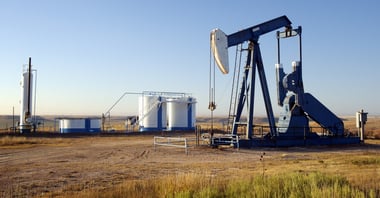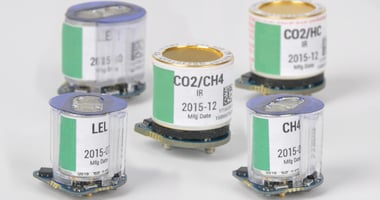Portable gas monitors are typically operated in a passive (diffusion) mode or in an aspirated (pumped) mode. How do you know which one you should use? Is one mode better than the other?
This is a common question that really has a simple answer, but it does come with some detail.
Most sensors intended for use in portable gas monitors are designed to operate in the passive mode. These designs are such that gas in air diffuses through normal air currents into openings on the face of the sensor, where it accumulates and reacts with the sensor’s working electrode. The sensors will function and perform normally in a properly designed diffusion-based gas detector with no help from a sampling pump at all.
 However, there are many that believe that a pump is necessary to draw air into the gas detector and its sensors and that a monitor with a pump can detect gas in a wider area than a simple diffusion monitor. These are myths. The fact is that the flow rates of pumps used with portable gas monitors are so low that the only gas that is sensed or air that is drawn in is from the immediate end of the sampling hose or inlet of the sampling pump.
However, there are many that believe that a pump is necessary to draw air into the gas detector and its sensors and that a monitor with a pump can detect gas in a wider area than a simple diffusion monitor. These are myths. The fact is that the flow rates of pumps used with portable gas monitors are so low that the only gas that is sensed or air that is drawn in is from the immediate end of the sampling hose or inlet of the sampling pump. So when should you use a gas monitor with a sampling pump? The only time you need to use a sampling pump with a portable gas monitor is when you sample the air in an area located remotely from the location of the instrument. Confined space regulations require that atmospheres of confined spaces are tested prior to entry, which requires a pump to draw the air from within the space out to the gas detector.
Here's a quick rule of thumb: if you are standing at Point A and need to know the gas concentration Point B, you need a pumped gas monitor.



